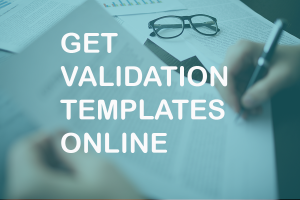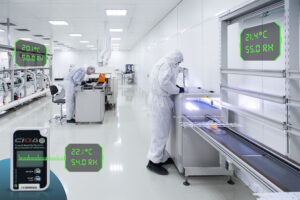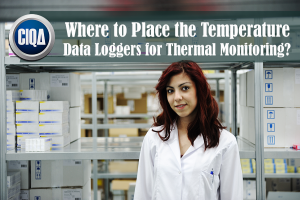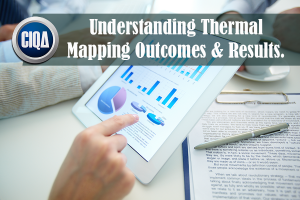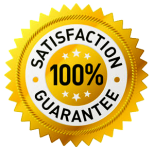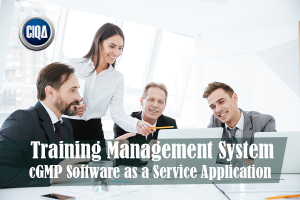
What is No Observed Adverse Effect Level – NOAEL and LD50

No Observed Adverse Effect Level – NOAEL versus LD50
SUBSCRIBE AND FOLLOW US TO LEARN MORE ABOUTWHAT IS CLEANING VALIDATION?WHAT IS CLEANING?WHY CLEANING VALIDATION?WHEN IS REQUIRED A CLEANING VALIDATION?WHAT 7 FACTORS MAKE A CLEANING VALIDATION SUCCESSFUL?HOW TO PREPARE A VALIDATION PROTOCOL IN 24 STEPS?12 ELEMENTS TO CONSIDER DURING A SUCCESSFUL CLEANING VALIDATIONHOW TO WRITE A CLEANING PROCESS PROCEDURES IN 6 STEPS.THE TOP ANALYTICAL METHODS USEDPREFERRED TEST METHODSCONSIDERATIONS TO SELECT THE CORRECT TEST METHODSAMPLINGTOP CLEANING VALIDATION FACTORS AND LEVELSESTABLISHMENT OF ACCEPTABLE CRITERIAFDA EXPECTATIVE TO CLEANING VALIDATION 21 CFR 211.67STATUTORY AND REGULATORY REQUIREMENTSMore details on specific FDA expectations can be found in the guidance document below. httpss://www.iso.org/standard/53394.html For a preview, refer to httpss://www.iso.org/obp/ui/#iso:std:iso:14644:-1:ed-2:v1:en Three (3) options to create a qualification protocol:Option 1. You can create a great protocol, using a template.You can download a free sample of a validation template in .pdf format. To see the complete list of the most popular validation templates, click here. In addition, you can request a quotation to buy online a full validation template document in MS Word format that is completely editable, ready to fill, and adapt to your needs. Option 2. We can bring you a formal training on how to create your own validation protocols using our template(s).This option is recommended if you want to learn more about how to build a robust validation protocol. One of our expert(s) will provide online step-by-step training to your team (unlimited assistance) on how to build a reliable validation protocol using a template. You can improve your corporate validation procedures and policies incorporating our template sections. It includes the template, an exam, and a training certificate for each assistant. Request a quote now. Option 3. We can create a customized qualification.One of our expert(s) will create and prepare for you a customized validation protocol with the inputs and specific information of your company. It may include, online support in document creation, execution, or final reporting, Request a quote online. GET IN COMPLIANCE TODAY, CONTACT US (Hablamos Español)ReferencesPIC/S Guideline to Validation – PI -006-3 (2007) ICH Guideline Q7 “GMP for APIs Inspection Guide for Bulk Pharmaceutical Chemicals and the Biotechnology Inspection Guide httpss://www.accessdata.fda.gov/scripts/cdrh/cfdocs/cfcfr/CFRSearch.cfm?fr=225.1 httpss://www.fda.gov/validation-cleaning-processes-793 httpss://www.gmp-compliance.org/gmp-news/what-does-the-fda-expect-from-cleaning-validation-today httpss://gmpnews.net/2019/06/fda-requirements-for-cleaning-validation/ Related topics and resources:Validation Plan, Installation Qualification, Operational Qualification, Performance Qualifications, Component Qualification, Traceability Matrix, Ppk, Control Charts, Cpk, User Requirements, Functional Requirement Specifications, GAMP5, risk assessment |

Ramon Cayuela, MS, BS, Chemical Engineering
CIQA President and CEO.
I've been working in validation engineering since 1992 with many multinational pharmaceutical companies. I love sharing my passion and knowledge with others. If you have any questions about anything (or just have general questions). I will be more than happy to assist you. You can count on the BEST customer service on CIQA. I go to great lengths to make sure my clients are 100% satisfied with their purchases and check emails/messages consistently throughout the day. You can rest assured that everything being sold here is as-described or your money back. I look forward to working with you!
Related Articles
Subscribe to get validation
news and free tips by email.
Need Additional Help?


